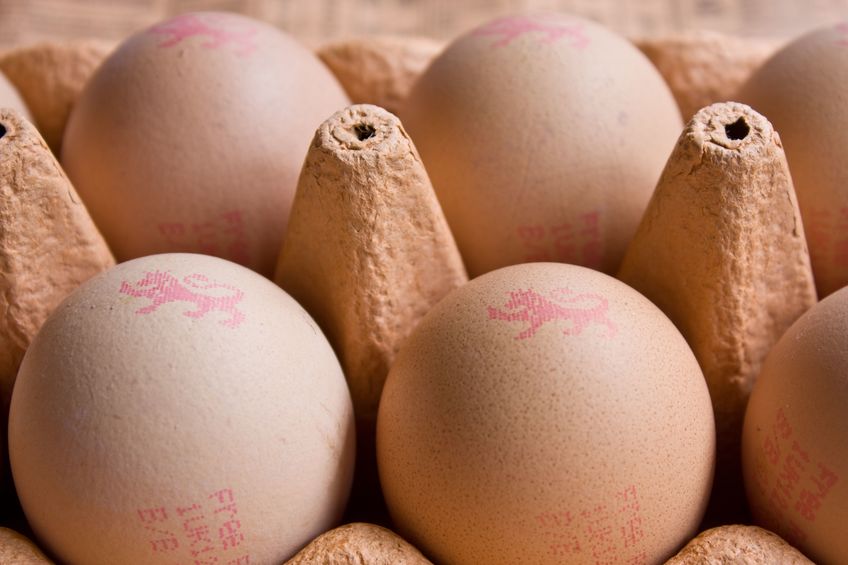
Egg producers are seeing their finances squeezed as farmers say retail demand is out of step with the grade of eggs being produced.
The first estimate of total income from farming for last year shows that egg prices were down by more than 2 percent in 2018, and the latest quarterly statistics indicate that the figures are even worse for free range producers.
Farm gate prices for free range eggs in the first quarter of 2019 were down by more than 4 percent compared with the first three months of 2018.
Supplies of eggs in the UK were up by 3 percent in the period from January to March this year, putting downward pressure on the egg price, according the Quarter One statistics produced by Defra.
The average price paid for eggs was down by 2.2 percent year-on-year to 69.7 pence per dozen, although there were bigger falls for both cage and free range eggs.
The average price for a dozen cage eggs was down four per cent to 51.9 pence compared with the first quarter of 2018; the average price for a dozen free range eggs was down 4.1 percent to 79.3 pence.
Last year the farm gate price for free range eggs fell from 82.7 pence in the first quarter to 81.3 pence in the second, before recovering to 82.4 pence in the third quarter.
In the final quarter of the year a dozen free range eggs were fetching 81 pence on average. In the first quarter of this year, the price was down again to 79.3 pence, according to the Defra statistics.
The value of eggs rose by £17 million to £641 million, but this was entirely driven by volume, according to the report, as throughput at egg packing stations rose by 5.2 percent over the year.
This put downward pressure on price. Egg prices were down by 2.3 percent over the year, according to the report.
In the egg market, supply and demand for enriched cage eggs seems stable, although free range is continuing to suffer from increased demand for large grade eggs.
'The market is out of sync'
According to Andy Crossland, trading manager at Central Egg Agency, retail demand is out of step with the grade of eggs being produced.
“We still have this issue where most packers want more large than mediums. The market is out of sync - productions against what retail requires.
“And the more birds the industry puts down to satisfy more demand, the more medium we are creating. This is still the main problem we are seeing for the sector.”
He added: “There is good demand for large eggs at retail, we also see good demand for small eggs for boiling and chopping. But the one thing I get offered a lot of is medium size eggs.”
Mr Crossland said he was surprised with the state of the egg market at the moment, given the time of year. “The market usually eases back into the end of May and summer.”
The colony market, in particular, was fine, he said. “There is no new stuff going in and it is stable at retail. It trades well at wholesale, so it feels OK for the time of the year.”
Large eggs were selling for 70 pence and medium eggs for 60 pence at wholesale, he said, which was a reasonable price.
Total income from farming in the UK
The department has also just released its first estimate of total income from farming in the UK for 2018, which shows that income fell by 17 percent last year.
It revealed that, during 2018, total income from farming, overall, fell by £929 million to £4,697 million compared with 2017.
The report said the main contributors to this decrease were a rise in the costs of animal feed, goods and services, fertiliser, energy and labour.
The total cost of intermediate consumption rose by £1,209 million to £17,065 million. All intermediate consumption costs rose with animal feed, other goods and services, energy and fertiliser showing the largest increases, said the report.
The cost of animal feed rose by £509 million to £5,615 million, a combination of increased volumes and feed price.
The extreme weather conditions led to greater demand by the livestock sector as the late, cold spring kept livestock inside for longer and the hot summer affected forage and grass growth. The higher cereal prices kept the annual average feed price up on the year.
